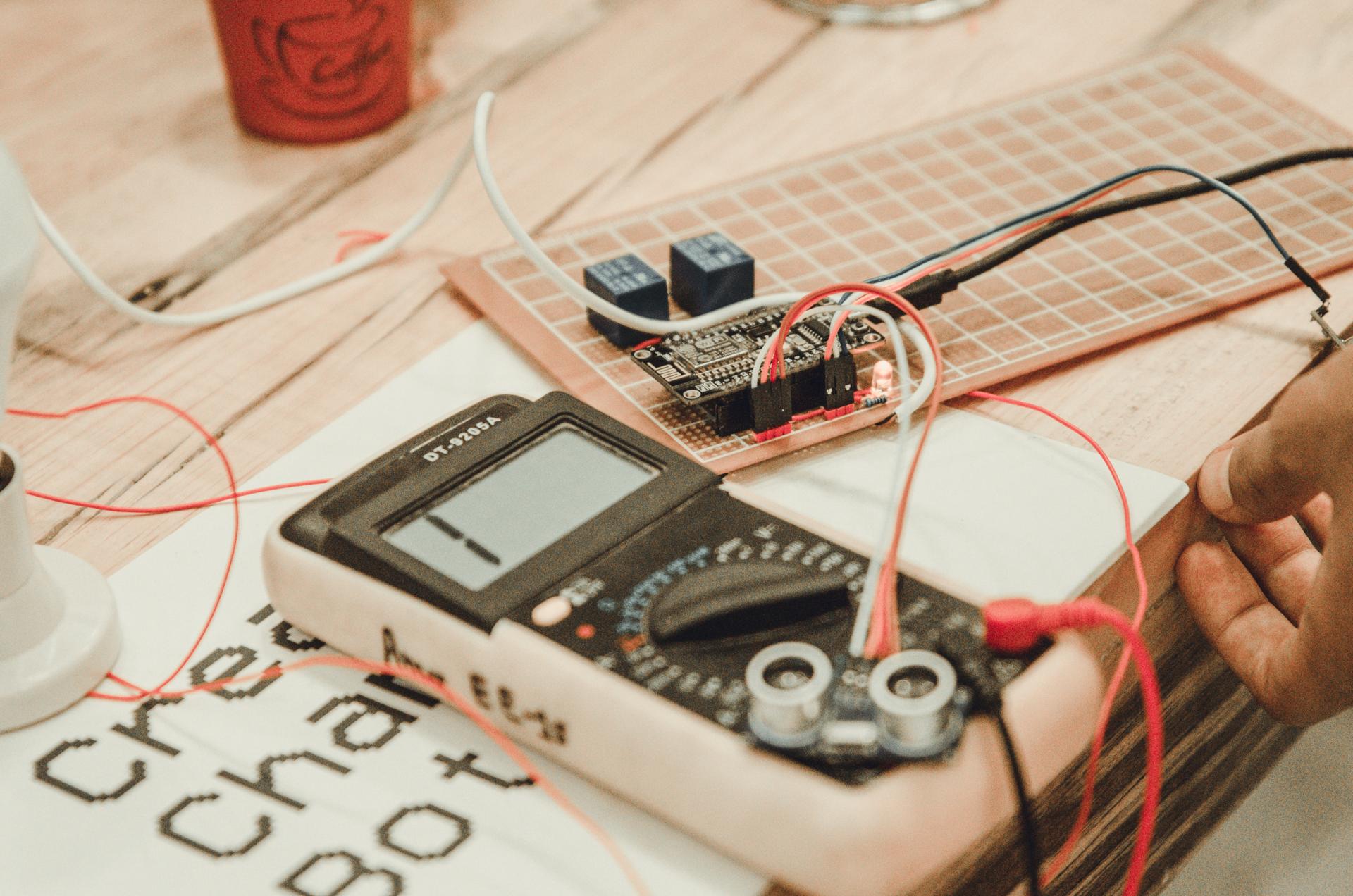A Beginner's Tutorial to Performing an Electric Security Test at Home

When it comes to security in your home one of the most important areas to consider is electrical safety. Testing for electrical safety is the procedure of testing the electrical system in your home to be sure that it is safe and in compliance with the latest standards. In this article we’ll give you information on what the electrical safety tests are, what tools will be required in order to carry them out, how to perform the tests, and what warning signs to be on the lookout for.
What exactly is the definition of an Electrical Safety Test?
A safety test for electrical appliances is the procedure of examining the electrical system in your home to make sure it is safe and working correctly. Electrical safety tests are important as they can in preventing electrical fires and electrical accidents and also ensure the long-term durability the electrical systems you have.
Equipment Required for an Electrical Safety Test
For conducting an electrical safety check, you’ll need a few essential tools. These include an electrical voltage tester as well as a continuity tester, a circuit tester, as well as an outlet tester. A voltage tester can look for live circuits while the continuity tester checks for damaged circuits. Circuit testers are used to look for wiring issues and outlets testers are used to detect electrical issues in outlets. It is crucial to use these devices correctly to get accurate results.
How to Conduct an Electrical Safety Test
To conduct an electric safety check inside your home, follow these steps:
Switch off the power source for the circuit that you’re testing.
Utilize the voltage tester to test whether there are live circuits.
Make use of the continuity tester to look for damaged circuits.
Utilize the circuit tester for checking for wiring faults.
Utilize the tester for outlets to find any wiring issues in the outlets.
During the testing process Be sure to check for any evidence of wear or damage on the wiring for example, broken or frayed wires burn marks, as well as loose or damaged connections. If you discover any problems that need attention, you must address them as soon as possible to avoid potential hazards.
The Signs of Electrical Issues to Look Out For
There are many indicators that may indicate electrical issues in your home. This includes flickering lights, frequent circuit breaker tripping, buzzing or crackling sounds emanating from outlets. They also include the appearance of outlets that are discolored or hot, and a burning smell. If you observe any warning indications, you should get to work immediately to avoid possible electrical hazards.
Conclusion
Safety tests for electrical appliances are essential to ensure the safety of your home and your family. By conducting regular tests and fixing any issues quickly to avoid any potential dangers to your electrical system and prolong the life of your electrical system. If you need help in electrical repairs or testing Don’t hesitate to reach out to Local Electrician Glenfield. Our experienced team can give you professional guidance and support. Contact us via 1300 610 481 to schedule an appointment or to request a quote.
FAQ Section
How often should I do an electrical safety test in my home?
We suggest conducting electrical safety tests at least once a year.
Can I perform the electrical test on my own , or do I need a professional?
While it’s possible to perform tests for electrical safety by yourself but it’s best to hire an expert to guarantee accurate results and avoid potential hazards.
Are there any frequent electrical issues that are discovered during an electrical safety test?
The most frequently-repeated electrical issues that are discovered during a safety test are defective wiring, circuits that are overloaded, and outdated electrical systems.
What do I do if encounter a problem during the electrical safety test?
If you discover a problem when you conduct the electrical safety check It is crucial to act immediately. This could include getting a professional electrician to resolve the issue or replacing the equipment that is malfunctioning.
